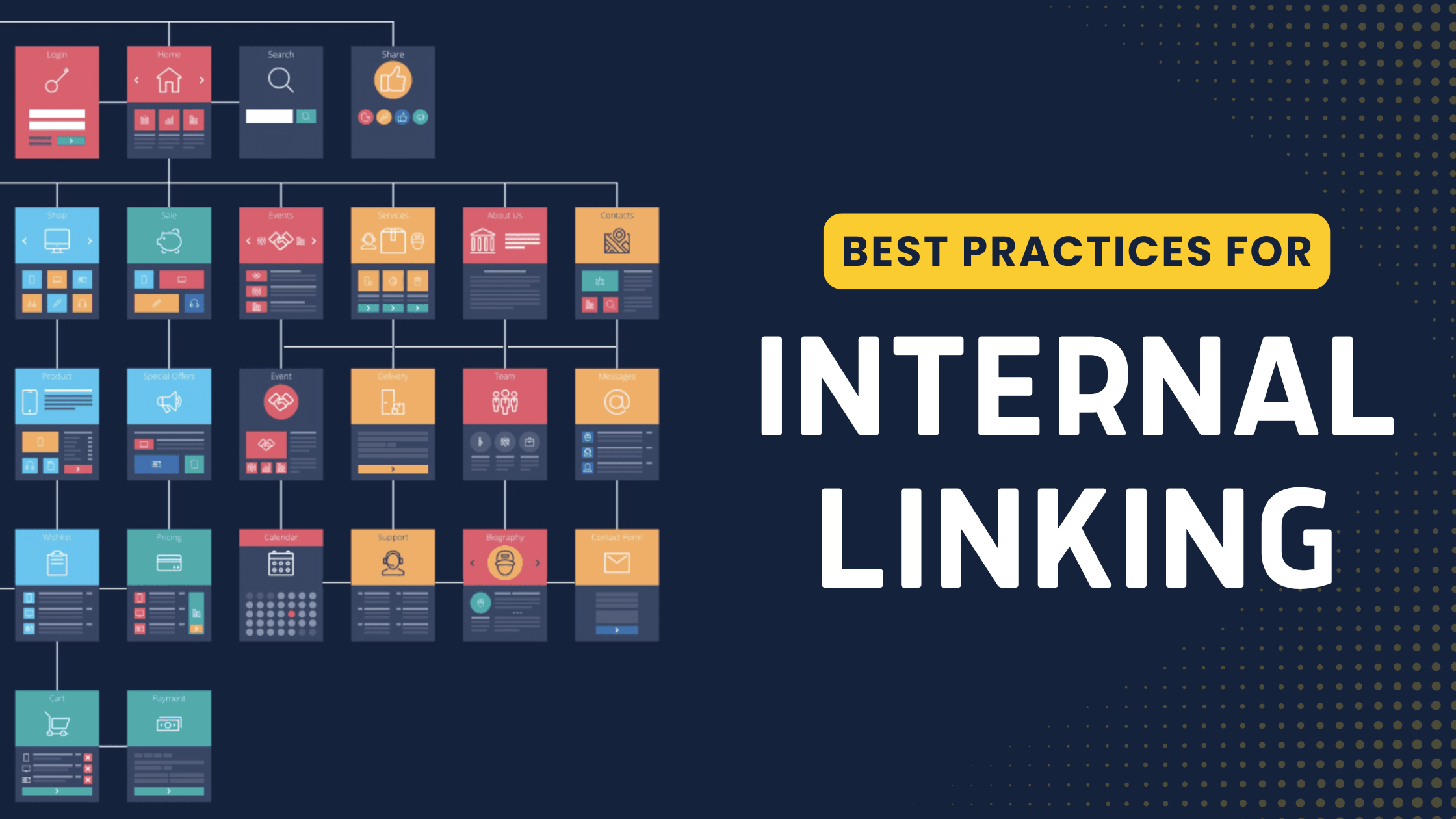Using internal links on your website is really important because it helps people find data easily and also makes your website show up more in search engines. When done right, internal linking can make it easier to navigate a website, share the value of links, and help important pages get noticed by search engines.
Like any SEO strategy, internal linking has good ways to do it and mistakes to avoid. It’s important to know the difference between good internal linking and bad practices to make your SEO better and give users a better experience.
This post will show you the best ways to link pages within your website to make it easier to use and improve your search engine ranking. It will also tell you what not to do when linking pages to make sure it works well and is trustworthy.
What Does Internal Linking Mean?
Internal links are linked from one page to another on the same website. These are not the same as external links that go to pages on another website. If your website has many pages, you should link them together using internal links.
Having many web pages on one domain helps search engines like Google find and organize more information. This can make your website more likely to show up in search results.
Linking inside your website is important for how it is organized and how search engines find it. All websites are built with a design and structure that keeps them organized, like a silo. Consider the main page of your website. At the top of the page, there is probably a menu that connects to other pages on the website.
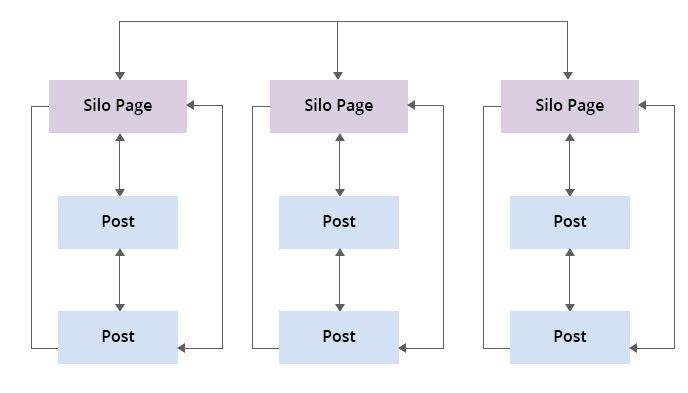
These might be the pages where you talk about yourself, sell things, and provide a way for people to reach you. Having a good internal linking structure is important for SEO because it helps organize the website and makes the links more valuable.
Why Are Internal Links Important for SEO?
Internal linking is very helpful for SEO. It’s not a clever trick or a sneaky gimmick, and it’s definitely not difficult to do. How do internal links help with SEO? There are several advantages to using them.
Helps Google Index Your Website
Internal linking helps Google to find and list your website better. By placing links to related pages on your website, you make it easier for Google to understand the organization and connections of your site. This helps Google’s search bots to find and explore new pages on your website so they can be added to Google’s search results.
It spreads the importance of links to all pages and makes important pages easier to find in searches. Internal linking really makes it easier for search engines to find your site. This can help improve your website’s performance in online searches and make it more visible to people.
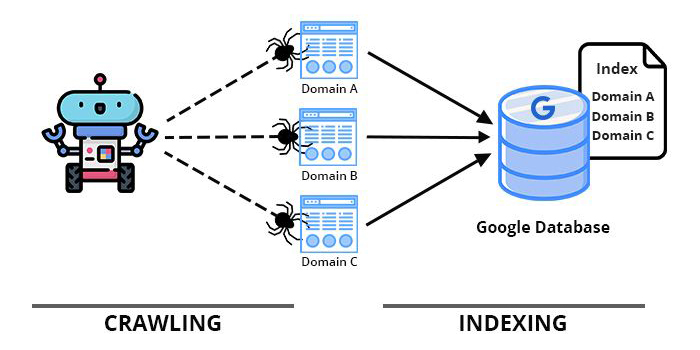
Shares the Site’s Strengths With its Internal Pages
If you make a strong internal linking system, you can increase the possibility of getting more links to the internal pages by making clear paths for people to click on and making sure the pages are easy to find on your site.
When other websites link to your homepage, some of that link power goes to your other web pages too. A website with strong connections between its pages performs better in search engines.
Provides Value to Users
When you’re learning about something, do you look at just one page or more? Do you like finding other pages that help you understand the topic better? Internal linking doesn’t necessarily make people buy things right away.
But it does make the content more valuable by supporting claims and giving related information, which keeps people on the website longer. It is part of the marketing process, guiding people to a specific place. Even if you don’t think about the technical side, you should still use internal linking to improve how people use your website.
Establishes Site Hierarchy
Internal links help to organize a website and show how different pages are connected. They make it easier for people and search engines to move around the site. Website owners can help search engine crawlers to understand their content better by connecting related pages and using the right words to link them.
This shows the importance and relevance of the content on each page. Also, links within the website share the power of the link among different pages, which helps to establish authority and relevance. This makes the website more powerful and helps individual pages show up higher in search engine results.
Provides Opportunities for Keyword Optimization
Internal links help to use specific keywords to link to other pages on the same website. This can help to make those pages more visible in search engines. Anchor text, the words you can click on in a link, helps search engines understand what the linked page is about.
By using specific keywords in the links, website owners can tell search engines what their page is about and make it more likely to show up in searches for those words. Using keywords in links on a website helps make certain pages more important and trustworthy.
Also Read: Mastering Competitor Keyword Analysis: A Step-by-Step Guide
Best Practices to Use Internal Links on a Website
How can you link different pages on your website together? What’s the best way to make sure your links are valuable? How many links should you have on each page to help with SEO? Let’s look at some of the best practices for SEO.
Linking Between Pages of Heavy Content
Good internal links help connect one article to another, making the website’s internal linking structure strong. Good site architecture means having plenty of links to important pages on your website like the homepage, about page, and contact page. You don’t need to add more links to these pages.
If you want to get more people to buy something, put a link to the selling page on the website. We suggest adding links to long articles to connect them together. This helps link your website pages together in a natural way.
Use Anchor Text to Create Text Links
Which internal links are best for SEO? The ones with descriptive anchor text. What does anchor text mean? Anchor text is the word or words that you click on to go to another page. It usually looks like blue text to the reader.
This is the text used for linking to another website or webpage. Descriptive anchor text uses words that tell you what the link is about. The subject the link is about gives you good words to use for the link. Avoid using phrases like “click here” because they don’t give any useful information.
Also, do not link entire paragraphs together. Just a few words will do. When improving your internal links for SEO, it’s best to use anchor text that fits well with the rest of the content instead of using over-optimized anchor text.
Include the Right Amount of Links on Each Page
How many links in a page is too much? Is there a limit? Yes, there is. Google’s John Mueller says that having too many links within a website can reduce their effectiveness.
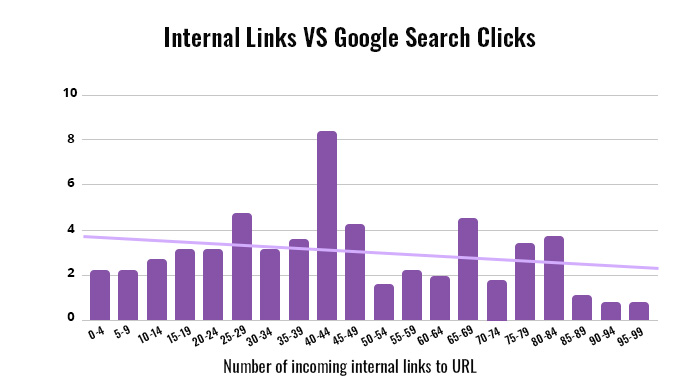
According to a survey by Zyppy, having more links inside a website can increase traffic up to a certain point. However, the survey also found that websites with 50 links or more had less traffic.
Think about who will be reading your page to decide how many links to include. We recommend starting with 5 internal links. Please include additional information if it is important. When adding links to a page, remember to count your header, footer, and menu links as part of the total number of links on the page.
Refresh Old Articles By Adding New Internal Links
You can boost your website’s performance by internally linking the old content. When you change old content, Google’s system looks at it again, adds it to its list again, and may make it more popular in search results.
We think you should update your old articles regularly. Here’s a good way to update your old blog posts:
- Add a new paragraph of content at the beginning to better explain your updates
- Add some new paragraphs with more information
- Take away or change old stats or information that is no longer true
- Add some new links within your content to other content you’ve made recently
- Add links where it makes sense and adds value to the content
Don’t forget, internal linking is not just about linking new posts to old ones. It’s also about going back to old content and adding links to your newer work.
Add Links in Appropriate Places
It’s easy to be lazy and just put your related links at the end of an article, where the user needs to click on each one to get the desired article. But it’s better not to do that. Instead, find places in your writing where the relevant topics come up.
These are good places to make a link inside a document. For instance, you can put in links to explain difficult words or talk about a related subject. By doing this you can make the user know that you have great articles on the relevant topics to a particular subject, thus establishing yourself as a subject matter expert.
Use Only Links that are Dofollow
Do not use a nofollow tag on your internal links in your website. Nofollow links do not affect how high up a website appears in search results. Also, Google does not pass on PageRank or anchor text through nofollow links. It won’t even crawl these links.
Nofollow links can be helpful for getting traffic to your site from other websites. But you don’t need to use them for linking within your own website. So, it is necessary to monitor what type of tags you use for internal links for better working of your site.
Consider Information Architecture and Site Navigation
Site navigation and internal linking work together. Internal linking helps to organize and structure your website by creating pathways for users to navigate through different pages.
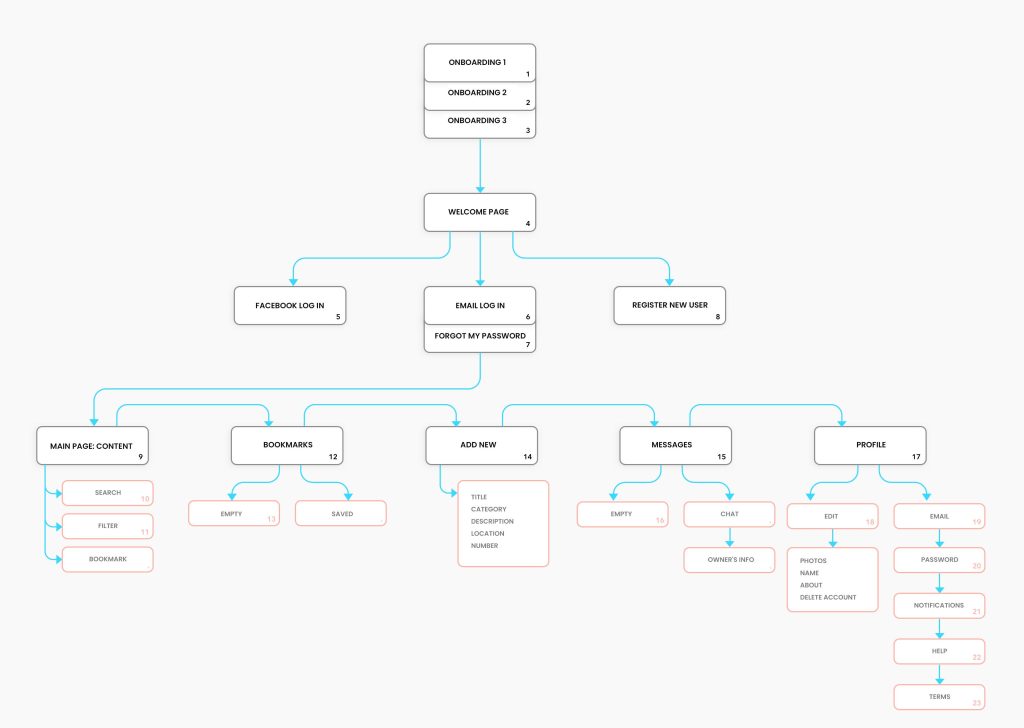
The way a website is organized should help people easily find what they are looking for.
This is a big part of how people experience your website and affects how much time they spend on it and how often they return. When you create links within your website, think about which content is most important and how you are promoting it.
If you want more people to see an important piece of content on your website, link to it from other pages on your site. Having lots of important information will not be enough if they can’t be easily navigated and found.
Create Really Good Content
To have a healthy internal linking structure, it’s best to have many pages on your website that you can link to. Having many web pages is not the same as having a strong internal linking plan.
Internal links are important for people to move around your website. However, linking to your homepage often won’t make a big difference in your SEO score. Instead, make good content that helps your target audience with their buying journey.
Adding links inside your content can encourage people to take the next action. Create blog posts that teach and answer their questions, make landing pages that persuade people to buy your products, and continue to link related articles together.
Audit Internal Links Regularly
Regularly checking the links on your website can help you find problems like broken links and old information, which can make your website better for people to use. Another thing you should check for is redirections that are not needed.
Solving those problems can make web pages load faster and give users a better experience. You can use a tool called ScreamingFrog to find broken links and check for redirects.
Auditing your internal links can help you find new ways to link pages together, make sure you’re linking correctly, and find any pages that don’t have any links at all. We suggest checking your links every month or so.
Also Read: Restart SEO: A 4-Step Strategy to make Google Love Your Website
Mistakes to Avoid in Internal Linking
Internal linking helps with how your website is organized, how users interact with it, and how it shows up in search results. However, if you don’t do it right, linking inside your website can cause problems and make your SEO less effective. Here are some things to avoid when linking inside your website:
Too Many Internal Links
One big mistake is adding too many links on a page. Internal linking is important for helping people and search engines navigate your website, but having too many links can make them less helpful and could be confusing.
It can also mess up the way your website looks and make it seem like spam. Having 5-10 internal links for every 2000 words does well for an article. Don’t go more than that. Instead, make sure to include helpful links that relate to the topic and make the content better for the user.
Don’t Use Generic Anchor Text
Another thing that’s not good to do is using basic words like “click here” or “read more” for links within a website. Using common words in the link doesn’t give enough information about the page it’s linking to. This makes it hard for people and search engines to understand what the page is about.
Instead, use specific and keyword-heavy anchor text that shows what the linked page is about. This makes it easier to use and helps search engines know the importance of the linked content, which can help improve your website’s SEO.
Linking to Unrelated Pages
Adding links to other pages on your website that have nothing to do with each other can make it hard for users to understand the content and can make your website’s content structure less trustworthy.
For instance, it’s not helpful to put a link from a blog about digital marketing to a page selling exercise equipment. It can be annoying for the person reading the blog. Make sure the links inside your content lead to other related information that will help the reader and give them more useful information on the same topic.
Don’t Ignore Deep Links
Not adding links to specific pages inside your website is a mistake that many people make. Many people who have websites only think about linking to the main page or main categories, and they forget to help users find other pages and specific content that is relevant to them.
Deep links spread link power around your website, make sure important pages get noticed by search engines, and make it easier for people to find valuable information. Create more content that is relevant to the source content to have the chance of creating more deep links.
Ignoring Broken Links
Broken links or links that take people to the wrong place can make your website less enjoyable and less trustworthy. Broken links make users frustrated and may make them leave your site. This can make the bounce rate go up and the engagement go down.
Redirecting users to irrelevant or low-quality pages can make their experience bad and lower your site’s search engine rankings. Check your internal links often to find and fix any broken ones, and make sure that all redirects take people to helpful content.
Wrapping Up
Internal linking is an important part of a good SEO strategy. When done well, it makes the user experience better and can help you appear higher in search results. Internal links are important for a good website design. It’s also important to include them in your long articles.
Make sure to use the right keywords in your links, but don’t use too many. Also, add links to other pages on your website that give people more information about the topic they are interested in.
For the best outcomes, always remember to do the things that work best, like making really good content, linking to the pages that get the most results, and only adding links where they fit well.
FAQs
Why do we need to link to other pages on our website for better SEO?
Internal linking is important for SEO because it spreads the power of links around a website, helps important pages get noticed by search engines, and makes the website easier for people to use. They help search engines understand how various pages on a website are related to each other and what the website is about.
How do I decide which pages to link to within my website?
When you link pages on your website, think about if they are related, make sense in the context, and are helpful to the user. Internal links are like signposts that help users find other helpful information while they are browsing. Make sure to link to pages that make sense with the current page and provide the information the user is looking for.
How many links should I include in each post?
There is no exact rule for how many internal links to use on a page, but it’s a good idea to include 5-10 links for every 2,000 words. You can use more, but be careful not to add too many internal links in your content.
Should internal links be added to other pages that have more traffic or less traffic?
Internal Link Juicer says that internal links can move link juice from web pages that get a lot of visitors to ones that do not. With that being said, it’s also important to link to your main content as much as you can so it gets more traffic.
How can I check if my internal linking strategy is working well?
You can see how well your internal links are working by using tools like Google Analytics. Track numbers like how many people visit a page, how long they stay there, how many leave right away, and how many take action, to see how adding links inside a website affects how much people use it and how well it works.
